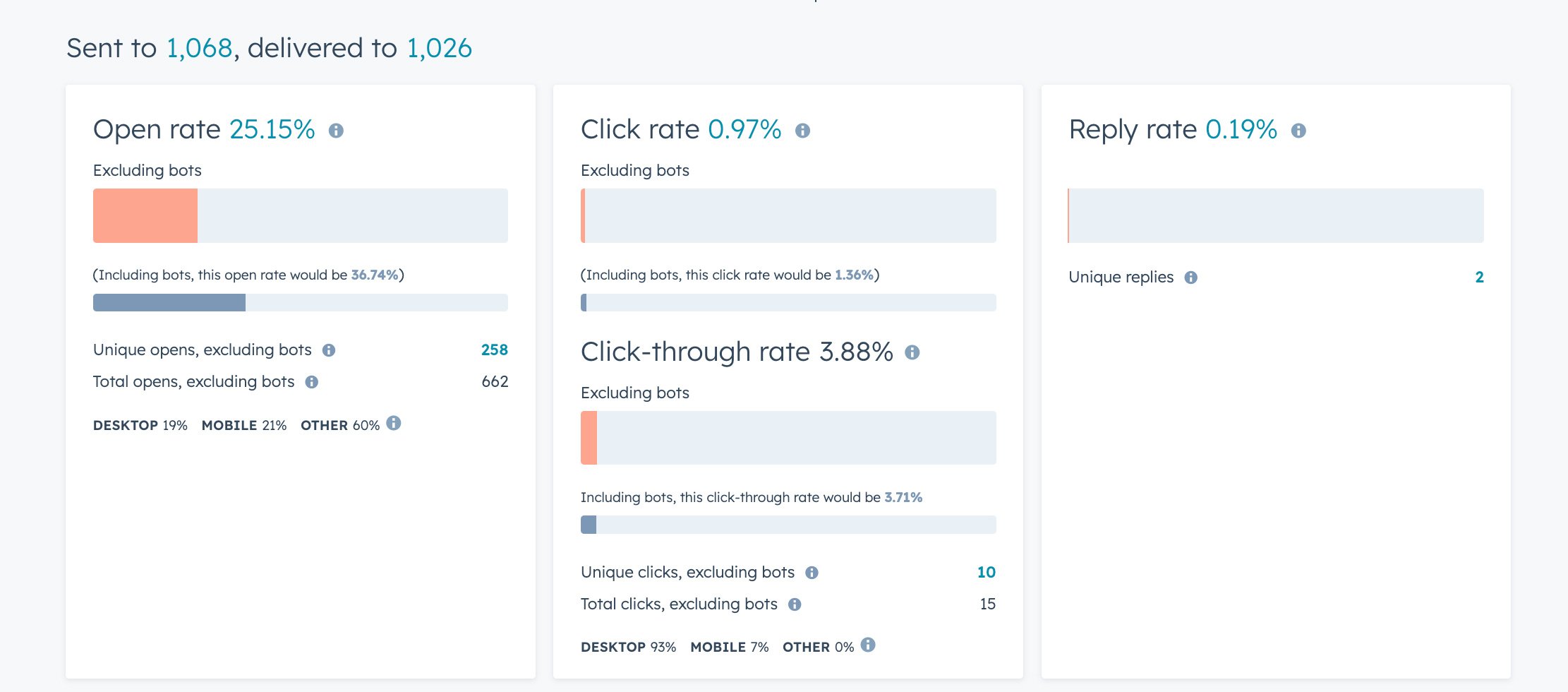Effective contact segmentation is one of the most powerful tools businesses can use to ensure personalised, relevant communication with their audience.
By properly segmenting contacts in HubSpot, you can tailor your marketing, sales, and service efforts to better meet the needs and behaviours of specific groups, ultimately driving higher engagement and conversions. Let’s explore how to optimise your HubSpot contact segmentation strategy for more accurate targeting and improved campaign performance.
Understanding the Importance of Contact Segmentation
Contact segmentation is the process of dividing your contact database into smaller, more targeted groups based on criteria such as demographics, behaviors, or lifecycle stages. In HubSpot, segmentation can be achieved through lists, which allow you to create dynamic or static segments that update in real-time based on specific contact properties and actions.
 HubSpot lists allow you to create dynamic or static segments that update in real-time.
HubSpot lists allow you to create dynamic or static segments that update in real-time.
Optimizing your segmentation strategy means better understanding your customers and delivering more relevant content, improving the overall customer experience. Well-segmented contacts lead to more personalized marketing, increasing open rates, click-through rates, and, ultimately, conversions.
Key Criteria for Segmenting Contacts in HubSpot
When it comes to optimizing segmentation, HubSpot offers a range of criteria that you can use to build highly targeted lists. Some of the most common segmentation criteria include:
1. Demographics: This includes segmenting based on basic contact details like location, job title, and company size. For instance, you can create a segment for contacts located in a specific region or working in a particular industry.
2. Behavioral Data: Behavioural segmentation is one of the most effective ways to target leads who have shown active interest in your product or services. This includes tracking actions such as website visits, email opens, and form submissions.
3. Lifecycle Stages: HubSpot allows you to segment contacts based on where they are in the buyer’s journey—such as leads, marketing-qualified leads (MQLs), sales-qualified leads (SQLs), and customers. This helps ensure that your messaging is aligned with their readiness to convert.
Using Dynamic Lists for Real-Time Updates
One of the advantages of HubSpot’s segmentation tool is the ability to create dynamic lists that automatically update based on a contact’s actions. For example, if a contact moves from the “lead” stage to the “customer” stage, they can automatically be moved into a new segment. This ensures that your communication remains relevant and timely as contacts progress through the sales funnel.
Dynamic lists are particularly useful for nurturing campaigns, as they ensure that leads receive the right messaging at the right time based on their engagement with your brand.
Leverage Custom Contact Properties for Advanced Segmentation
While HubSpot provides standard contact properties, you can also create custom contact properties to further fine-tune your segmentation. For example, you might create custom properties that track specific product interests, preferences, or subscription levels.
 Create custom contact properties to further fine-tune your segmentation.
Create custom contact properties to further fine-tune your segmentation.
These custom properties allow you to build even more targeted segments, delivering highly personalized content that speaks directly to the needs of specific contacts. Whether you’re targeting enterprise clients with one message or SMBs with another, custom properties give you the flexibility to adjust your communication.
Analysing Segmentation Performance for Optimization
Once your segmentation is in place, it’s crucial to regularly analyze the performance of your segments. HubSpot’s reporting tools allow you to track the engagement rates of each segment, including open rates, click-through rates, and conversion rates.
 By monitoring this data, you can identify which segments are performing well and which ones need adjustment.
By monitoring this data, you can identify which segments are performing well and which ones need adjustment.
For example, if you notice that a specific segment has a lower-than-expected engagement rate, you can re-evaluate the criteria or messaging for that group. Optimizing your segmentation based on performance data ensures that you’re continuously improving your targeting efforts.
Maximise Your Marketing with HubSpot Contact Segmentation
Optimising your HubSpot contact segmentation strategy is essential for delivering personalised content and improving campaign performance. By leveraging HubSpot’s dynamic lists, custom properties, and real-time reporting, you can build highly targeted segments that drive better engagement and conversions.
Ready to improve your contact segmentation?
Contact Woven today to learn how we can help you implement tailored segmentation strategies within HubSpot.






